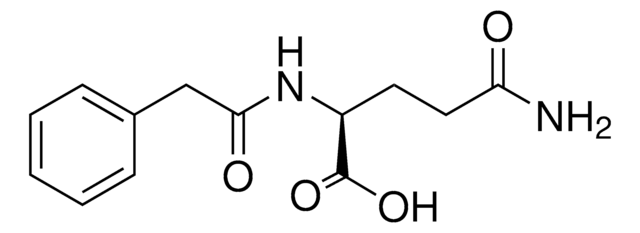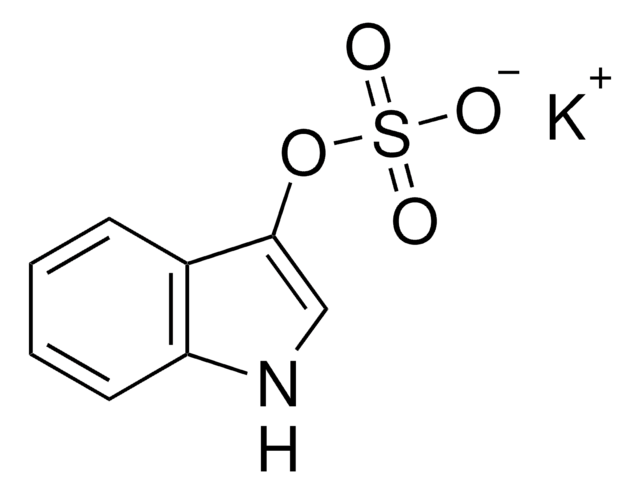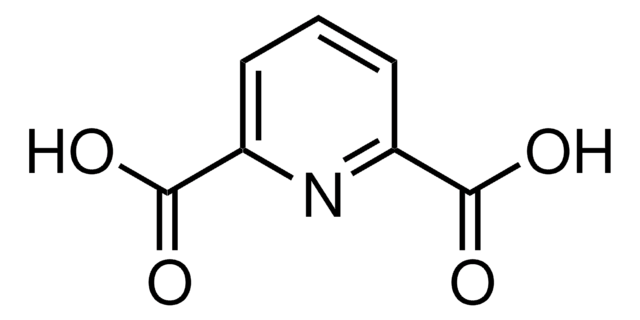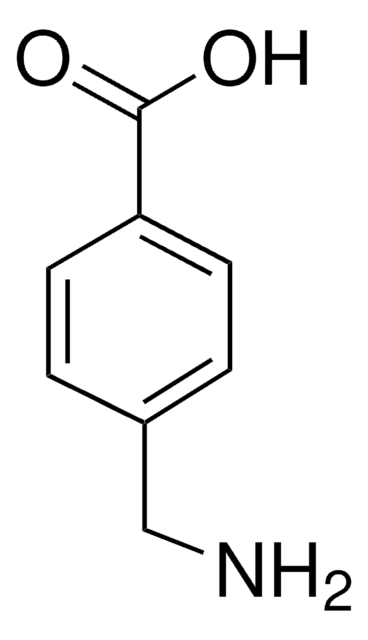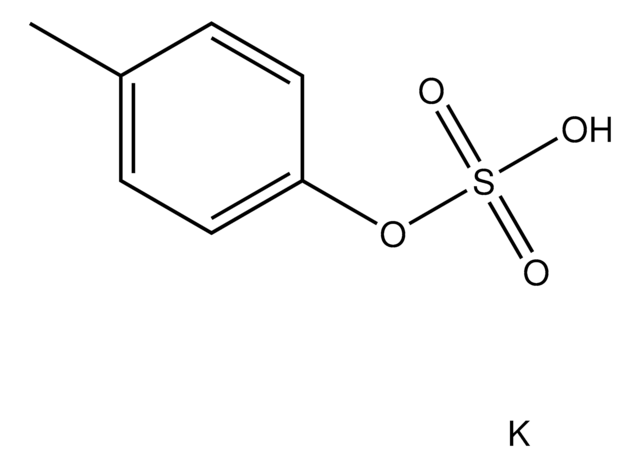Wichtige Dokumente
96408
N-(2-Phenylacetyl)-glycin
analytical standard
Synonym(e):
2-(2-Phenylacetamido)-essigsäure, 2-Phenylacetylglycin, NSC 408424, NSC 92778, Phenacetylglycin
About This Item
Empfohlene Produkte
Qualität
analytical standard
Qualitätsniveau
Assay
≥98.0% (HPLC)
Haltbarkeit
limited shelf life, expiry date on the label
Anwendung(en)
clinical testing
Format
neat
Lagertemp.
2-8°C
SMILES String
N(CC(=O)O)C(=O)Cc1ccccc1
InChI
1S/C10H11NO3/c12-9(11-7-10(13)14)6-8-4-2-1-3-5-8/h1-5H,6-7H2,(H,11,12)(H,13,14)
InChIKey
UTYVDVLMYQPLQB-UHFFFAOYSA-N
Biochem./physiol. Wirkung
Empfohlene Produkte
Signalwort
Warning
H-Sätze
Gefahreneinstufungen
Eye Irrit. 2
Lagerklassenschlüssel
11 - Combustible Solids
WGK
WGK 3
Flammpunkt (°F)
Not applicable
Flammpunkt (°C)
Not applicable
Hier finden Sie alle aktuellen Versionen:
Besitzen Sie dieses Produkt bereits?
In der Dokumentenbibliothek finden Sie die Dokumentation zu den Produkten, die Sie kürzlich erworben haben.
Unser Team von Wissenschaftlern verfügt über Erfahrung in allen Forschungsbereichen einschließlich Life Science, Materialwissenschaften, chemischer Synthese, Chromatographie, Analytik und vielen mehr..
Setzen Sie sich mit dem technischen Dienst in Verbindung.